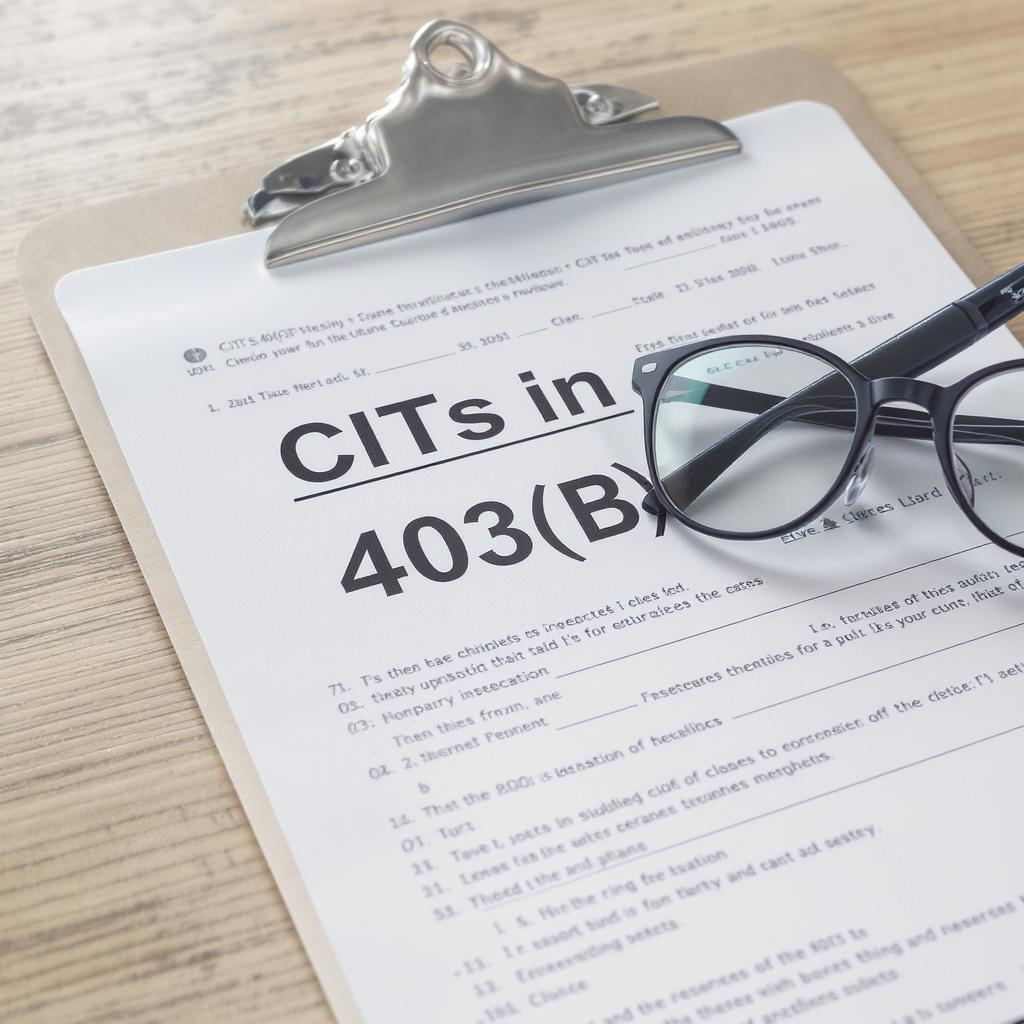The landscape for 401(k) plan sponsors has become increasingly challenging. With over 200 ERISA class-action lawsuits filed since 2020, fiduciary litigation targeting 401(k) plans is surging, creating unprecedented legal exposure. High-profile cases, even against well-respected entities like NYU and Fidelity, highlight a stark reality: even the most well-intentioned fiduciaries can face devastating personal liability for participant losses.
But here’s the good news: you’re not powerless. By implementing these five evidence-backed strategies, you can significantly shield your plan from costly litigation while simultaneously strengthening outcomes for your participants.




